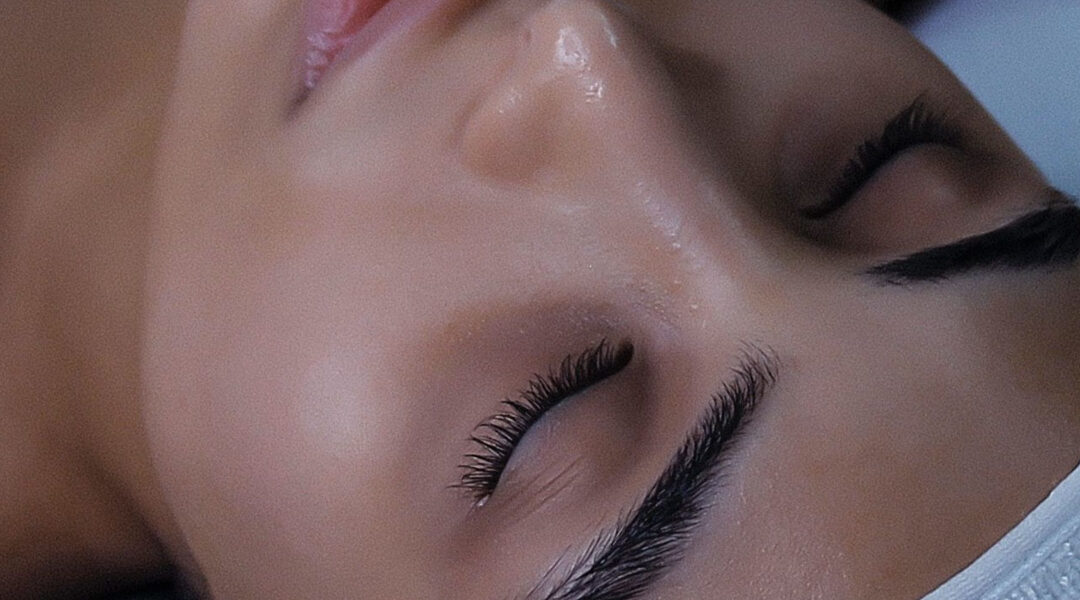In the world of dermatology, a groundbreaking discovery is set to transform the way we heal chronic wounds and, in turn, enhance the health of our skin and boost self-confidence. Let’s explore the remarkable potential of electric stimulation in accelerating wound healing and its ripple effect on the well-being of our skin and self-esteem.
Chronic wounds, which can result from various factors such as diabetes, vascular issues, or pressure ulcers, often pose significant challenges in terms of healing and can have long-lasting effects on the skin’s health and appearance. Traditional wound treatments, while effective to some extent, may not always provide the desired results within a reasonable timeframe.
Electric stimulation, an innovative approach, has emerged as a promising solution to expedite the healing of chronic wounds. This technique involves the application of controlled electrical impulses to the wound site, which stimulate cellular activity and promote the regeneration of healthy tissue. As a result, the healing process is accelerated, and the skin’s condition improves.
One of the remarkable advantages of electric stimulation is its ability to boost collagen production. Collagen is a protein responsible for maintaining the skin’s elasticity and youthful appearance. However, chronic wounds can disrupt collagen production, leading to scarring and skin texture irregularities. Electric stimulation helps the skin generate more collagen, resulting in smoother and healthier-looking skin.
The positive impact of electric stimulation extends beyond wound healing and could significantly boost self-confidence. Chronic wounds often leave visible scars and blemishes that can be emotionally distressing. The improvement in skin appearance achieved through electric stimulation not only enhances physical well-being but also contributes to a renewed sense of self-esteem and self-assurance.
Moreover, the potential of electric stimulation in enhancing skin health aligns with the growing trend of personalized skincare. Each person’s skin is unique, and electric stimulation can be tailored to individual needs. This means that the treatment can address specific concerns, whether it’s scar reduction, improved skin texture, or overall skin rejuvenation.
As we look to the future, the promise of electric stimulation in dermatology and wound care is undeniable. Researchers and dermatologists are actively working to refine this technology, making it more accessible and efficient. This bodes well for individuals seeking not only faster wound healing but also enhanced skin health and self-confidence.
However, it is essential to approach the integration of electric stimulation into skincare and wound healing with ethical considerations in mind. Ensuring patient safety and privacy, as well as obtaining informed consent, should be prioritized as these technologies continue to advance.
In conclusion, electric stimulation is poised to revolutionize the field of dermatology and wound care, offering a path to faster healing, improved skin health, and heightened self-confidence. Its potential to address chronic wounds and their aftereffects goes beyond physical well-being and touches on the emotional and psychological aspects of self-esteem. As researchers continue to unlock its potential, we can anticipate a future where electric stimulation plays a central role in enhancing our skin’s vitality and our sense of self-assurance.


Recent Comments